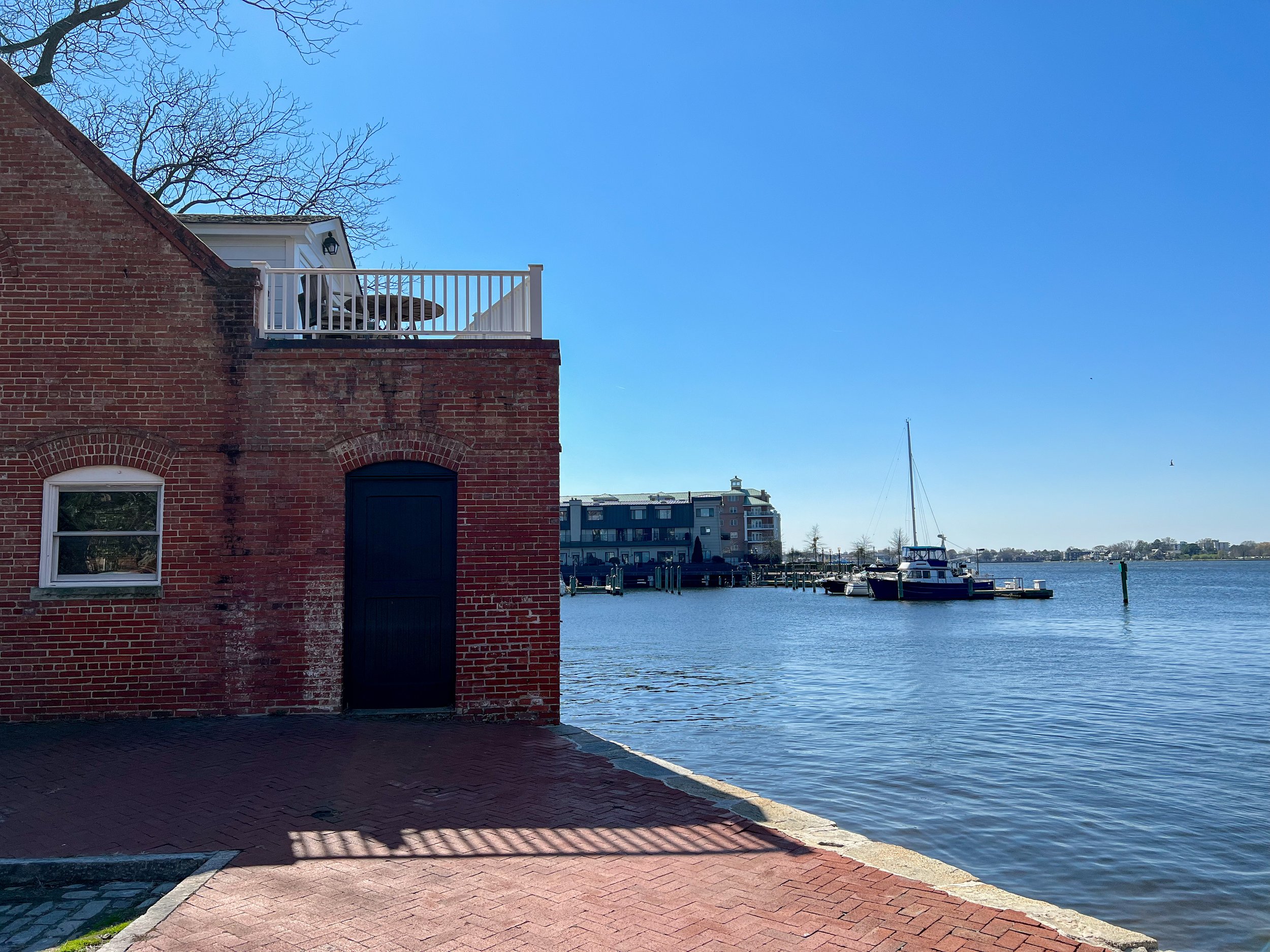
About Us
History
The Freemason Historic District
The oldest existing houses in the Freemason Historic District were built in the 1790′s (Allmand Archer and Taylor Whittle houses) and 1807 (Selden’s Point). Several other remaining homes and carriage houses were built between the 1840′s and the 1880′s, the most notable of which is Kenmure on Bute Street . Kenmure was built in 1845 for William Wilson Lamb, a Norfolk banker and city Mayor. Local lore has it that Mayor Lamb hid the city’s ceremonial Mace beneath one of the hearths in the home to protect it from Federal troops who occupied Norfolk beginning in 1862.
The bulk of the remaining older homes were built in the late nineteenth and early twentieth centuries. Each offers a different interpretation of building design during the Victorian era.
By 1910, Norfolk had begun a northward expansion. Reliable, inexpensive public transportation made living 3 to 5 miles away from downtown an easy commute. Instead of the grand, older homes that would house two or three generations of a family, these new developments, such as Atlantic City, Ghent, West Ghent, Park Place, Lambert’s Point, and Larchmont, eventually offered many more “single family” homes.
With the advent of World War I, more and more families moved out and many homes were turned into rooming and/or boarding houses for shipyard and other defense-related workers, and the military. This change continued through World War II. Although many rooming houses closed by the mid-50′s, the last remaining rooming house did not close until 2000. By the 1950′s many of the grand old homes had fallen into disrepair and many were torn down and replaced by surface parking lots or modern buildings.
In the early 1970′s, several businesses and individuals were captivated by the charm of the quiet, tree-lined, cobbled streets and elected to work or live in the neighborhood. That trend continues as the neighborhood’s boundaries become surrounded by new townhouse and condominium developments built on land formerly housing piers, a molasses tank, cold storage units, and warehouses.
Resources:
Burton , H.W., Burton’s History of Norfolk, Virginia ; 1877 Parramore, Thomas C., et al, Norfolk: The First Four Centuries ; 1994 Tazewell, William L., Norfolk ‘s Waters: An Illustrated Maritime History of Hampton Roads , 1982 Tucker, George H., Norfolk Highlights 1584-1881 ; 1971 Tucker, George H., Tidewater Landfalls ; 1969 Walker , Carroll, Norfolk : A Pictorial History ; 1975 Walker , Carroll, Norfolk : A Tricentennial Pictorial History ; 1981 Wertenbaker, Thomas J., Norfolk Historic Southern Port , 1931; second edition edited by Marvin W. Schlegel, 1962 Yarsinske, Amy W., Norfolk , Virginia : The Sunrise City by the Sea ; 1994
Historic District Status and Formation of the Freemason Street Area Association
The Freemason neighborhood was listed on the Virginia Landmarks Register on December 21, 1971, and subsequently on the National Register for Historic Places on November 7, 1972. In 1976, Junius R. Fishburne Jr., who then was the Executive Director of the Virginia Historic Landmarks Commission, wrote:
“…I would like to strongly underscore the need for protective zoning for the area. Norfolk has lost the bulk of its historical identity so it is of the greatest importance that an area that retains the atmosphere and appearance of previous generations within the downtown core be not only protected but allowed to be suitably refurbished and enhanced.”
Also in 1976, a report prepared for the Norfolk Redevelopment and Housing Authority by Dr. Frederick Herman, AIA, a principal in the architectural firm of Spigel, Carter, Zinkle and Herman, presented a survey of buildings and recommendations for preservation of the Freemason Historic District and downtown Norfolk . As a result of this report, recommendations for conservation, rehabilitation and development of the Freemason Historic District were made, implemented in 1977, and revised to their current guidelines in 1992. Residents and property owners who helped with the initial study were J. Daniel Ballard, Thomas F. Bie, Wayne Burton, Warren H. Hayden, Thomas H. Morrisette, Harold Protsman, S. Warren Richard; Albert L. Roper II, and Henry V. Shriver.
Prior to these events, a group of residents laid the groundwork for neighborhood preservation and incorporated the Freemason Street Area Association in 1976. The original boundaries were those defined by existing housing stock. At that time, peripheral properties, now occupied by townhouses, apartments and condominiums, were either vacant, used as surface parking lots, or were composed of warehouses.
Dr. Albert L. Roper, who first moved into the neighborhood as an infant, served as the Association’s first president from 1975-1977. Following is a list of subsequent presidents and their approximate term in office:
S. Warren Richard 1977-79 Lucy Spigel Herman 1979-83 Wendell (Buck) N. Vest 1983-85 William D. McKeever 1986-86 Leslie H. Friedman 1986-90 Carl J. Stringer 1990-93 Greta I. Gustavson 1993-98 Madeline Sly 1998-2003 Greta I. Gustavson 2003-05 Jack Kavanaugh 2005-present

“This is the perfect place for a testimonial, quote or statement.”
— Quote Source

